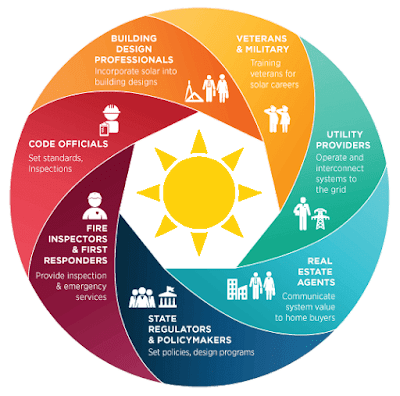Is there a particular age when a child can decide which parent they want to reside with, in a chil
d visitation services Tacoma or Rhode Island Divorce case?
There is no set age when a child can decide to live with their mother or father in a Rhode Island Child Custody Case. In fact, theoretically, the child is not allowed to make the decision. In reality, older children have a very significant impact on child custody determinations by a Rhode Island Family Court Judge. In making a child custody determination, the Court makes a decision based on the "best interest of the child".
The preference of the
child is only one of the factors that a Rhode Island Family Court Judge may consider in determining the best interest of the child. Please see below for all factors that the Rhode Island Family Court utilizes to determine Child Custody.
If an older child such as a 15, 16 or 17 year old has a preference and that opinion is expressed to the Judge, Court Investigator or Guardian ad Litem than the judge will usually respect the child's desire.
There are some exceptions to an older child's decision being decisive. In some cases, despite the child's age, the child does not know what is in his best interest. If the child does not have a good reason for his decision then the judge can deny the child's request. If the other parent is not a fit and proper person to have placement of the child then the Judge can deny the request. The Judge can deny a child's request if the parent the child would like to reside with has a drug or alcohol problem or a criminal record. In some cases, RI Family Court Judges are hesitant to change placement if the child has behavioral issues and the child is merely rebelling against the imposition of rules and structure.
Children also may be given influence in
Child Visitation services in Tacoma. Children may play a role in the determination of whether visitation should be overnight. Children often play a role in whether visitation should be supervised or unsupervised and the length of duration of visitation. Children also may be given influence when the parent with physical custody files a motion to relocate out of state.
Practical Tip: If you are aware that your children support your position regarding Visitation, Custody, Placement or Relocation out of state then have your children interviewed by the Judge, RI Family Services or a Guardian ad Litem.
Children ages 11, 12, 13 & 14 may also given significant influence over Rhode Island Child Custody, Visitation and Relocation cases.
Judges in Rhode Island have different philosophies on how they deal with children. Some judges will not interview children. They will have the Family Court investigators from Rhode Island Family services or the Guardian ad Litem interview the children. The Court Investigator or the Guardian ad Litem then will issue a report to the RI Family Court Judge or Magistrate handling the matter.
There are some judges who will bring the
child into chambers for an interview. The Judge will usually bring the court reporter to transcribe the proceedings. Some judges will allow the attorneys to question the child in chambers in front of the judge.
Practical Tip: Don't coach your children. This is unfair to the child and puts unnecessary stress and pressure on the child. Also, the Child will usually tell the Judge or Family services about the coaching. If the Judge believes that you have engaged in coaching then there may be severe sanctions. The Sanctions may include the judge denying your request for placement, sole custody or relocation.
The older a child is, the more weight / influence
the judge will give to the child's preferences regarding custody, placement, visitation and relocation out of state. Younger children usually have a greater influence on proving facts rather than making decisions. The child may tell the investigator or Judge that their parent abuses them or if they are afraid of their parent. The child may tell the investigator that the parent makes negative or disparaging comments about a parent in front of the child. The child may make allegations regarding parental alienation.
Children typically do not get to make the decision concerning legal custody. Legal custody pertains to who gets to make decisions concerning religion, education, social development, activities and medical decisions. Legal Custody will either be Sole Custody to one parent or Joint Custody to both parents.
Child Custody
matters involving preference of the child may play a role in Rhode Island Divorce, Paternity, Miscellaneous Petitions for Custody, DCYF, Motions to modify Custody or placement and visitation disputes. Children have no real influence on Child Support cases.
Rhode Island Attorneys legal Notice per RI Rules of Professional Responsibility:
The Rhode Island Supreme Court licenses all lawyers / attorneys in the general practice of law, but does not license or certify any lawyer or attorney as an expert or specialist in any field of practice.







